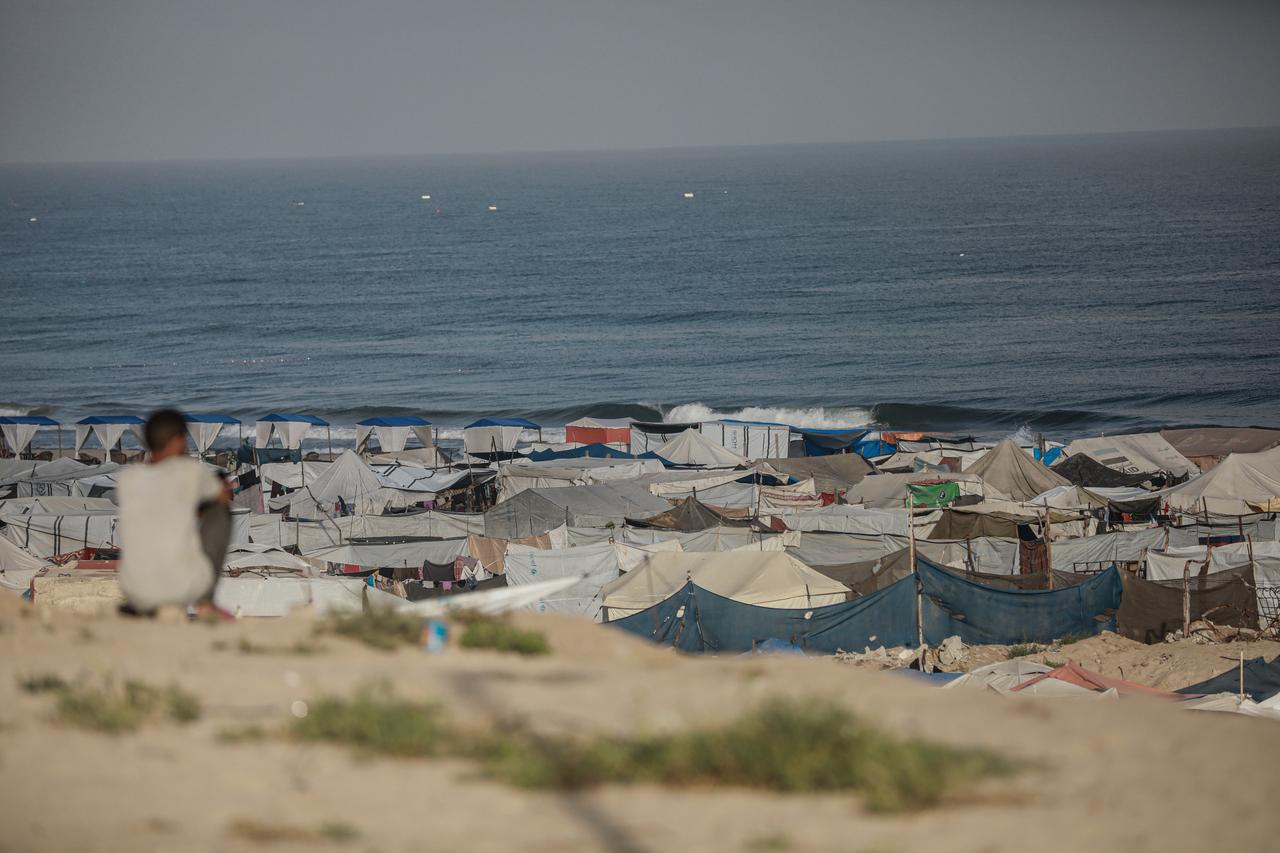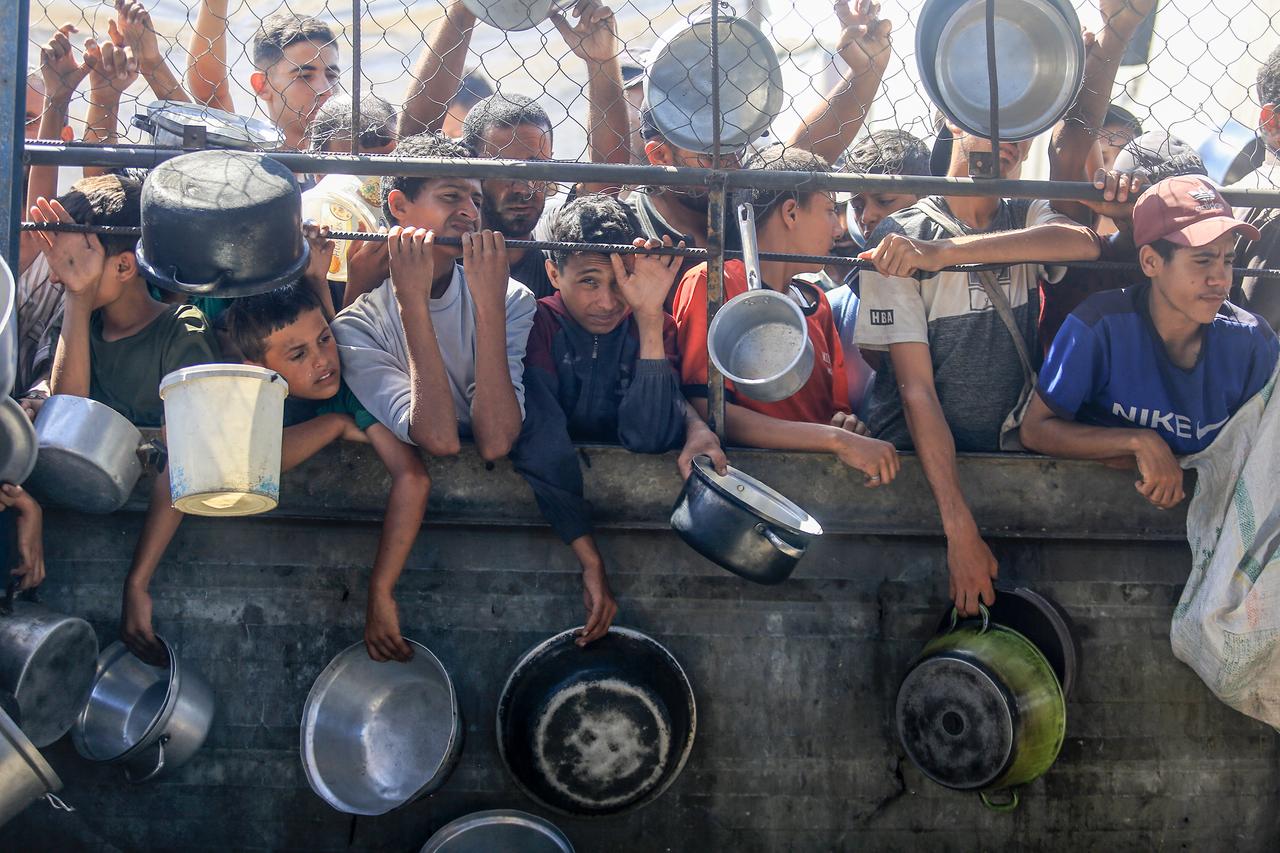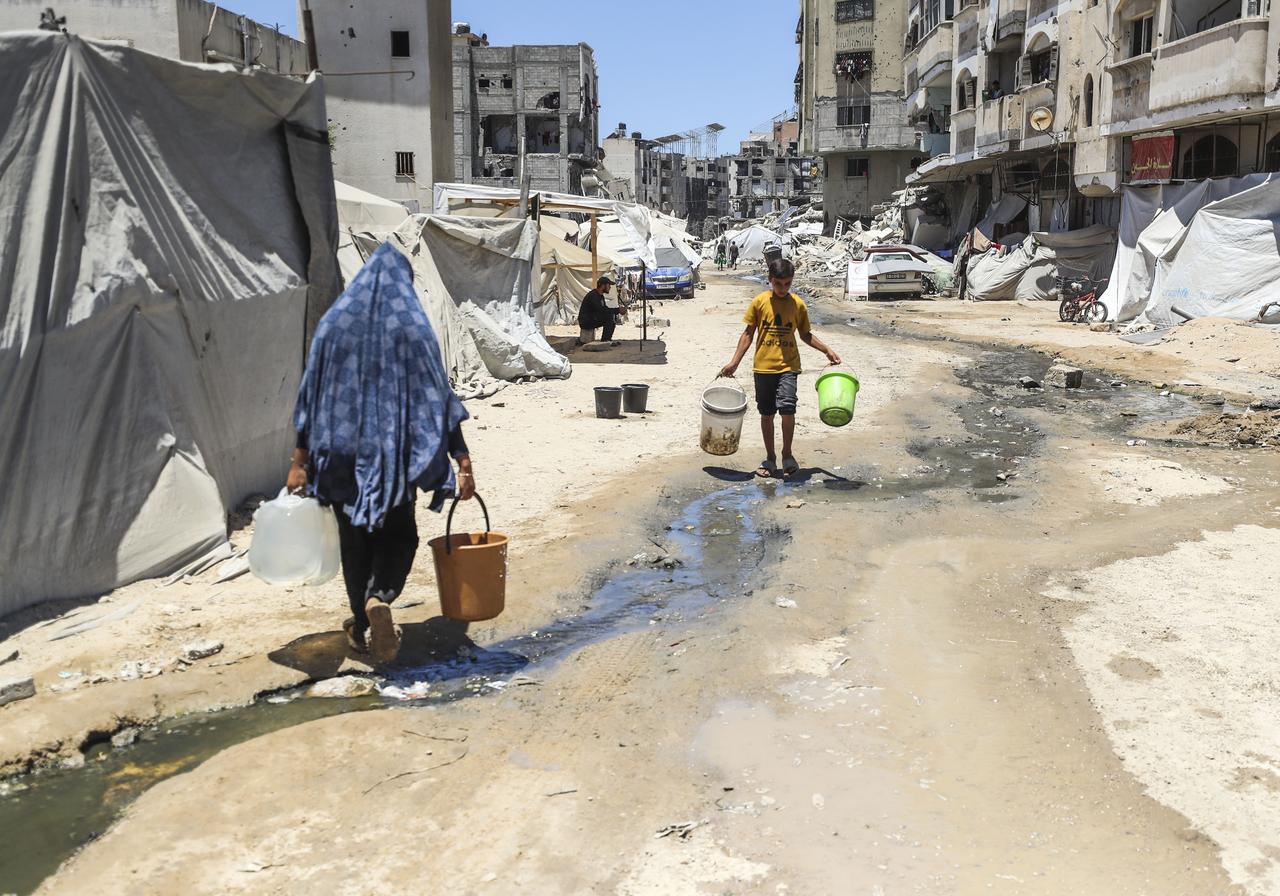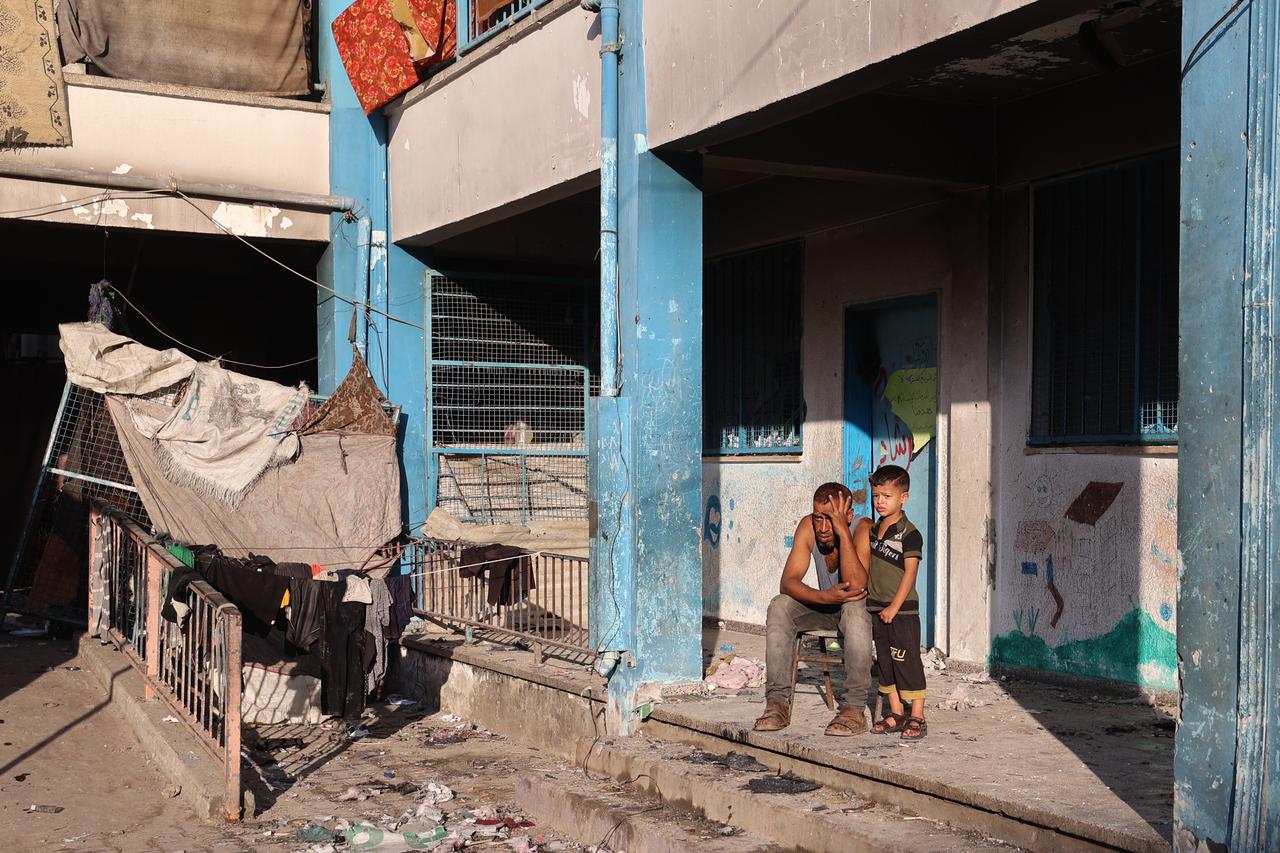
The U.N. human rights office on Tuesday expressed alarm over reports that Israel is working with other countries, including the United States, to facilitate what it calls the "voluntary" relocation of Palestinians from Gaza, warning that such moves may constitute forcible transfer under international law.
"This raises concerns with regard to forcible transfer," said U.N. rights office spokesperson Ravina Shamdasani during a press briefing in Geneva.
"The concept of voluntary transfers in the context that we're seeing in Gaza right now—it's very questionable," she added.
The U.N. has previously warned against statements, including U.S. President Donald Trump's remarks, that suggest the relocation of Palestinians from Gaza.

Israeli Defense Minister Israel Katz reportedly ordered the military to establish a "humanitarian city" on the ruins of Rafah.
The plan includes the forced relocation of Palestinians, initially 600,000 from al-Mawasi, with the goal of eventually housing the entire Gazan population within the compound.
According to Israeli media outlet Haaretz, the area would be sealed off, and residents would undergo security screenings before entering and be unable to leave. Katz said the initiative aligns with Israel’s broader "emigration plan," which "will happen," the report added.
Statements from Katz appear to contradict recent claims by the Israeli military that any relocation efforts are for civilian protection and not intended as displacement.
"It is neither humanitarian nor a city," said Professor Amos Goldberg of Hebrew University.
"A city is a place where you have possibilities of work, of earning money, of making connections and freedom of movement ... This will not be a livable place."
The proposal’s legality is further questioned by petitions filed in Israeli courts, where reservists challenged military orders that allegedly aim to "mobilize and concentrate" Gaza’s population in preparation for deportation.

Michael Sfard, one of Israel's leading human rights lawyers, said Katz's scheme breaks international law.
"(Katz) laid out an operational plan for a crime against humanity. It is nothing less than that," Sfard said. "It is all about population transfer to the southern tip of the Gaza Strip in preparation for deportation outside the strip."
"While the government still calls the deportation 'voluntary', people in Gaza are under so many coercive measures that no departure from the strip can be seen in legal terms as consensual," he added.

Reuters reviewed an undated slide presentation bearing the name of the U.S.-backed Gaza Humanitarian Foundation (GHF), outlining a $2 billion proposal to construct large-scale “Humanitarian Transit Areas” (HTAs) both inside and outside Gaza.
The plan calls for temporary housing where Palestinians would "reside, deradicalize, re-integrate and prepare to relocate if they wish to do so." The presentation included arrows pointing toward Egypt, Greek Cyprus, and other destinations.
GHF denied authorship of the slides and claimed it is not implementing HTAs. However, three humanitarian experts voiced alarm after reviewing the proposal.
"There is no such thing as voluntary displacement among a population that has been under constant bombardment for nearly two years," said Jeremy Konyndyk, head of Refugees International.
While Israeli and Hamas negotiators continue cease-fire and prisoner exchange talks in Doha, Israeli officials have signaled intentions to remain in parts of Gaza, particularly the Morag corridor, which separates Rafah from the rest of the Strip.
Netanyahu reportedly reiterated the forced relocation plan during his latest White House meeting with Trump. Katz also confirmed that he had instructed the military to construct a refugee camp in Rafah to house displaced Palestinians.
"Palestinians who enter the area will not be able to return to other parts of Gaza," Katz said, describing the location as "very important for Israel."
Humanitarian groups have warned the plan could turn such zones into "death fields," citing previous incidents where Israeli forces opened fire at civilians near aid distribution points.